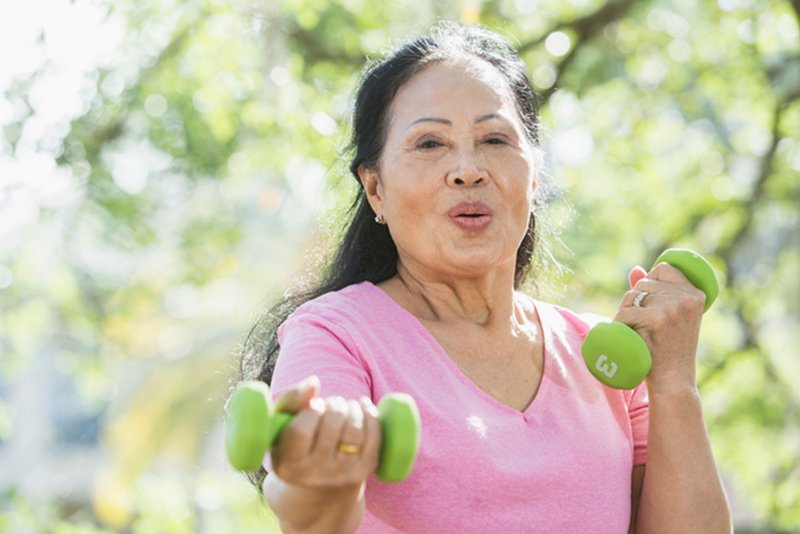
Our aging care experts offer top tips in preventing and recovering from strokes.
Suffering a stroke is just the first step in a series of challenges. The resulting effects from a stroke can linger long-term. In fact, the National Institute on Aging lists stroke as the leading source of disability in American seniors.
As with other serious health conditions, knowing all you can about preventing and recovering from strokes is key.
What Can Older Adults Do to Prevent a Stroke?
The good news is that there are many proactive measures that can be taken to prevent a stroke, including:
- Quitting—or never starting—smoking. Smoking significantly increases the risk of a stroke.
- Managing diabetes. Diabetes, when not properly managed, can harm blood vessels and narrow arteries, which can result in a stroke.
- Watching blood pressure and cholesterol levels. High blood pressure and high levels of cholesterol can both lead to cardiovascular disease and/or stroke.
- Following a healthy diet plan. Include foods that are low in cholesterol and fat, along with plenty of veggies and fruits at each meal.
- Routinely exercising. The doctor can provide specific recommendations and guidelines on the best workout program for the individual.
These lifestyle changes can go a long way towards lowering the chance of stroke, and can also help prevent another stroke if the person has already suffered one.
What Are the Signs of a Stroke?
If, in spite of taking the steps outlined above, a person does have a stroke, it is important to learn the signs and to act immediately. Time is of the essence, and getting medical care right away can save a life.
Signs of a stroke include:
- Confusion
- Sudden vision problems
- Nausea or vomiting
- Drowsiness
- Sudden dizziness, loss of balance and coordination, or trouble walking
- A severe headache that occurs for no known reason
- Sudden weakness or numbness on one side of the body, particularly in the arm, leg, or face
- Difficulty talking
What Will the Stroke Recovery Process Involve?
Recovery from a stroke begins with therapy. This may include speech therapy, physical therapy, and/or occupational therapy, depending on how the person has been impacted.
- A physical therapist will help the individual restore basic skills such as sitting, standing, walking, and transitional activities.
- An occupational therapist helps retrain individuals in activities of daily living that may have been affected, including getting dressed, taking a bath or shower, eating, drinking, preparing meals, etc.
- A speech therapist helps with the recovery of speaking as well as understanding what others are saying.
The purpose of these rehabilitative therapies is to help the person increase independence and self-sufficiency.
The Role of Home Care
A home care agency, like Morning Glory Home Care, is an integral part of both helping a person prevent a stroke and assisting with a stroke survivor’s recovery. Our services are highly personalized to each individual’s needs, and can include:
- Running errands, such as picking up groceries and prescriptions
- Planning and preparing nutritious meals
- Providing medication reminders
- Offering transportation and accompaniment to medical appointments and any other desired outings
- Motivating the individual to adhere to a doctor-approved exercise regimen
- And much more
Contact us today to find out how an in-home caregiver from Morning Glory Home Care can improve wellness and safety for someone you love. You can reach us any time at 618-667-8400. We are happy to offer care throughout Edwardsville, Highland, Collinsville, and the surrounding areas.
